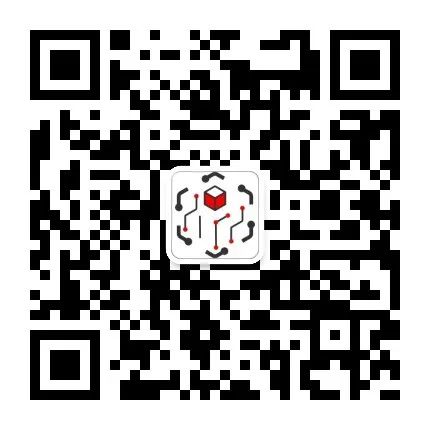Follow the IoT Planet to track IoT dynamics! “IoT Planet” aligns with global industry trends, focusing on the integration of IoT and industry, and sharing technologies and applications related to IoT.



Why Choose MQTT?
-
Lightweight and Efficient:The code size of the MQTT client is very small, and it has low resource requirements, making it very suitable for use on small microcontrollers. Additionally, the header fields of MQTT messages are small, optimizing network bandwidth and further improving transmission efficiency. -
Supports Two-Way Communication: The MQTT protocol supports message passing between devices and the cloud, as well as from the cloud to devices. This makes broadcasting messages to a large number of devices relatively straightforward. -
Scalability: The MQTT protocol can scale to connect millions of IoT devices, meeting the needs of large-scale device deployment and data collection. -
Reliable Messaging: For many IoT applications, the reliability of message delivery is crucial. The MQTT protocol provides three defined levels of Quality of Service (QoS): at most once (QoS 0), at least once (QoS 1), and exactly once (QoS 2), to meet the different reliability needs of message delivery in various scenarios. -
Supports Unreliable Networks: Many IoT devices connect via mobile cellular networks, which are often unstable. However, the MQTT protocol reduces the time and communication delay for re-establishing connections between clients and brokers through the design of persistent sessions, thus providing relatively reliable message transmission in unreliable network environments. -
Security: The MQTT protocol can easily use TLS (Transport Layer Security) to encrypt messages in transit and supports modern authentication protocols like OAuth to authenticate clients, ensuring the security of message transmission and the legitimacy of client identities.

Common Terminology Explained
|
Term |
Explanation |
| MQTT Broker |
The MQTT Broker is a message middleware that is responsible for receiving messages sent by publishers and forwarding them to subscribers based on the topics subscribed by the subscribers. It manages client connections, handles subscriptions and unsubscriptions, and ensures messages are sent according to the specified Quality of Service (QoS) levels. MQTT is an open, lightweight machine-to-machine protocol designed for IoT interactions. In an MQTT network, the MQTT Broker is the server coordinating interactions between all MQTT agents. MQTT clients can be publishers, subscribers, or both. The MQTT architecture can be centralized or distributed to suit different application scenarios. |
| Bridge |
|
|
MQTT Client |
The MQTT Client refers to devices that run the MQTT library and connect to the MQTT broker over the network. These devices can be microcontrollers or mature servers, implementing the MQTT protocol’s client. In the MQTT protocol, a typical client will perform the following main operations: publishing messages to a topic, subscribing to messages from a topic, handling received messages, and acknowledging received QoS 1 or QoS 2 messages. The implementation of the MQTT protocol’s client is very simple and straightforward. |
| RSMB |
|
| LWT |
|
| M2M |
|
| IoT |
The Internet of Things (IoT) refers to the real-time collection of any monitored, connected, or interactive object or process through various information sensors, RFID technology, GPS, infrared sensors, laser scanners, and other devices and technologies, gathering information such as sound, light, heat, electricity, mechanics, chemistry, biology, and location, to achieve ubiquitous connectivity between objects and people, enabling intelligent perception, identification, and management of objects and processes. The IoT is an information carrier based on the Internet and traditional telecom networks, allowing all independently addressable physical objects to form an interconnected network. |
| QoS |
|

Frequently Asked Questions
-
What is MQTT?
-
Who invented MQTT?
-
Where is MQTT used?
-
Is MQTT a standard?
-
Are there standard ports for MQTT?
-
Does MQTT support security?
-
List of IoT Platforms at Home and Abroad (As of 2023, a must-see for IoT platform technology selection)
-
KubeEdge: Cloud-Native Edge Computing Framework Built on Kubernetes
-
Open Source IoT Platform: ThingsBoard
-
List of Common IoT Protocols (Collection Edition, please bookmark)



Previous Recommendations


AIoT Planet:Technical Communication · Add as Friend
IoT technical communication community is about to be established

Clicking to see is the greatest support!